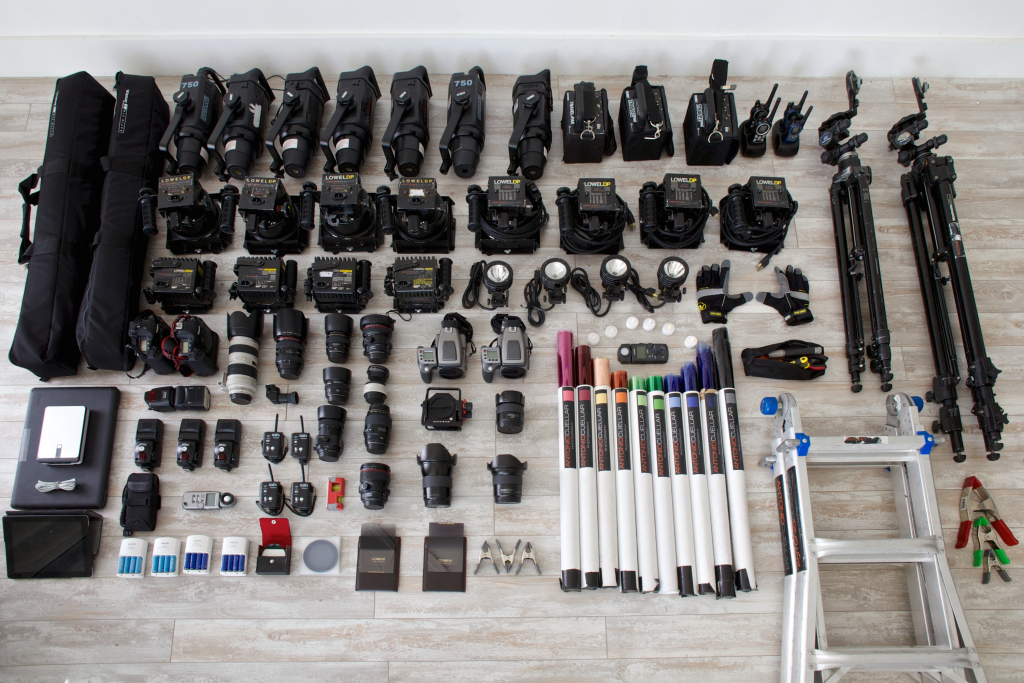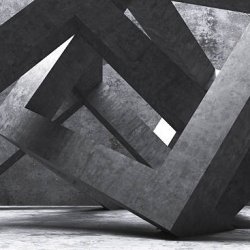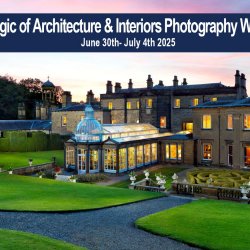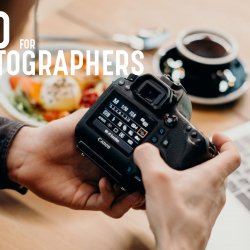Architectural Photography Equipment You Need For an Amazing Shoot
Architectural Photography Equipment You Need For an Amazing Shoot
Looking to make a career with architectural photography and wondering what equipment to get? Or probably you are thinking of upping your game by adding some new gadgets to your list as a professional architectural photographer? This post about the top 5 architectural photography equipment is exactly what you need.
The American photographer Chase Jarvis once said that “the best camera is the one you carry with you.” This could not be truer in street photography when we see any reason of interest that we need to capture immediately. Take, for example, some shocking buildings.
However, architecture photography is a bit more complex than street photography because you have to take into account many more things than when you go out to take shots for fun. If you would like to make architectural photography, you should consider investing in some elements.
Architectural photography is much more worked and calculated. Investing in some elements that, together with your camera, will help you create a powerful image is a smart move. Therefore, in this post, we have highlighted 5 important architectural photography equipment to help take your architectural photography to a new level.
5 Architectural Photography Equipment You Should Consider Investing In
#1: Tripod
The tripod is one of the most important accessories in photography because it is extremely useful for most cases. If you want to take architectural photography, this element will be one of your best companions.
This is because, in this world, you should worry about balance and straight lines, not to mention that the frames must be perfect. So you need the greatest possible stability. Also, remember that this accessory will allow you to work with long exposure times without sacrificing firmness and sharpness.
When you think of a tripod, the factors that you must analyze to make the best decision are the height, weight, and possibilities to move the camera.
Why are these important?
The height because it is vital that it is of considerable height (1.40-1.50 meters, for example). It has to be so because to photograph both indoors and outdoors you require an appropriate level to avoid perspective distortions and to capture the architectural work in the best way.
For these reasons, look for one that allows you to adjust the elevation to adapt the framing according to the situation.
The weight because it would not be pleasant for you to carry excess weight with you wherever you go. Look for a tripod that is considerably light for the sake of comfort when moving.
However, the idea is not that you go on a tripod that is too light. Remember that you should not only support your camera without problems but also resist wind currents so that it does not fall easily.
You can opt for a tripod with a hook at the bottom of the central column so you can hang a bag with stones or anything heavy that gives you more stability.
The possibilities to move the camera because in architectural photography you must play to get the best angles. Also, because you will surely have to take several shots to create a panorama. And with a tripod that allows you to roll the camera sideways, you can ensure success and make the process easier.
If your budget is enough for one that can open the legs a lot or even adapt the central column to get very specific and complex frames, you should definitely go for that.
#2: Spirit Level
This is another important piece when we talk about architectural equipment. This accessory is super small and economical. It is used to level the camera and avoid crooked photographs. Use it both with the tripod (since it is not the same to level the tripod as the camera) as without it. A bubble level will allow more balance in your work and ensure that straight lines remain straight. To use it you just have to place it on the top of your camera, in the flash shoe, and voila!
Why is this important?
Surely you will be thinking that if you have an inclined line you can easily correct it in Lightroom, Photoshop, or whatever editing program you use. Yes, of course, it is an option. However, this would be a procedure that would take a lot of valuable time because it is not the same to correct a single image as a batch that has the same faults. If you have the option of capturing a level photograph from the camera, take advantage of it!
#3: Decentrable Targets or Tilt-Shift
Remember we talked about the fact that in architectural photography it is strictly necessary to reduce or avoid distortions. These lenses, known as tilt-shift, are very strong options to consider. Decentrable lenses can move horizontally or vertically without having to move the camera.
These accessories are widely used in the world of architectural photography because they correct the problem of converging lines directly from the camera.
#4: Remote Trigger
As we mentioned above, a tripod will give you the freedom to take long exposure photography and emerge victoriously. However, if it is too long, the slightest touch could cause a slight movement in the image. For this reason, it is important that you don’t press the camera shutter to capture the photo in those cases.
A remote control will allow you to achieve the focus you want and the way you want without touching the camera in the process. It is an economical and easy to use accessory. However, if you don’t have extra cash to spend on that, you can also use your device’s self-timer.
#5: Polarizing Filter
This is the last on this list of 5 architectural photography equipment to invest. The filters are accessories to improve or alter the colors of the photographs. It can even help protect the lens from dust and other harmful factors. A polarizing filter is very useful for eliminating reflections in glass and metal surfaces. It will also help create more contrast and highlight the colors of the sky.
If you are going to photograph an incredible building with many windows or glass, you will need a polarizing filter. It will help you eliminate unwanted reflections and increase the contrast and life of colors in the scene. In short, it will give more strength to your image.

Gear used on 2011 Antonio Cuellar featured on Shotkit Magazine
Bottom Line
Architectural photography equipment can be many more and some are more complicated than others. But in this post, we have managed to highlight 5 of them; probably the most important of all.
To present an impressive work, your primary tool will always be your creativity even in architectural photography. This will help you combine your basic resources with equipment that will open new possibilities for you to grow more. And hence makes it easier to reach higher levels.
To see the Article written on Shotkit please follow the following link https://shotkit.com/antonio-cuellar/
For additional resources please visit A beginners guide to architectural photography









